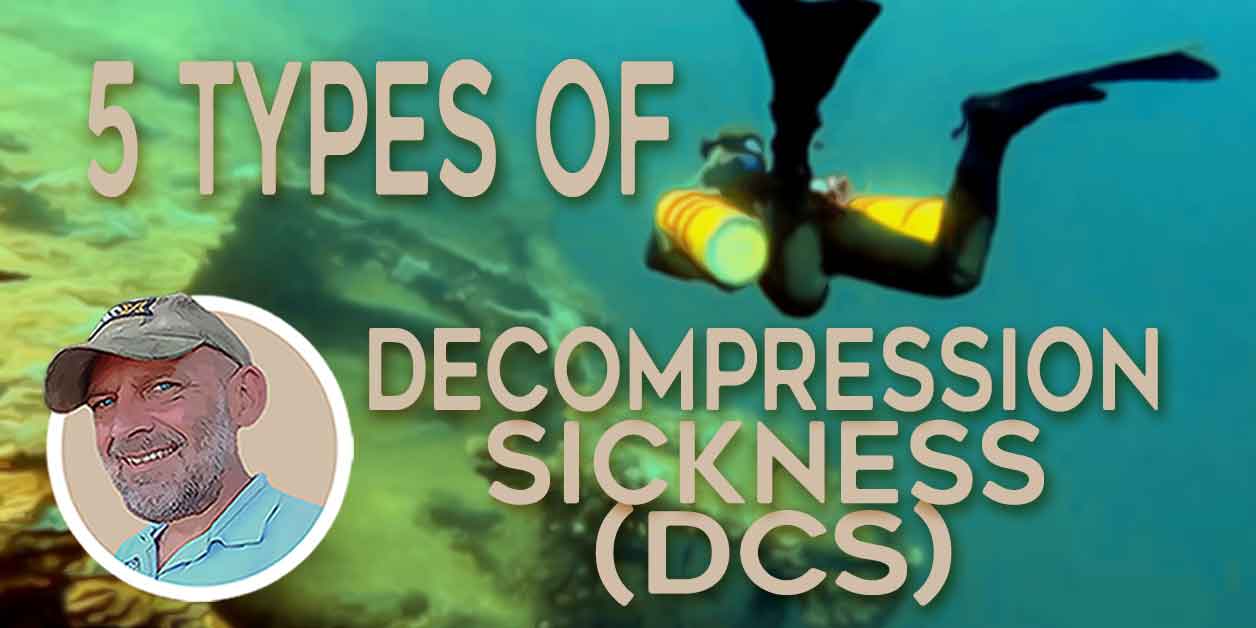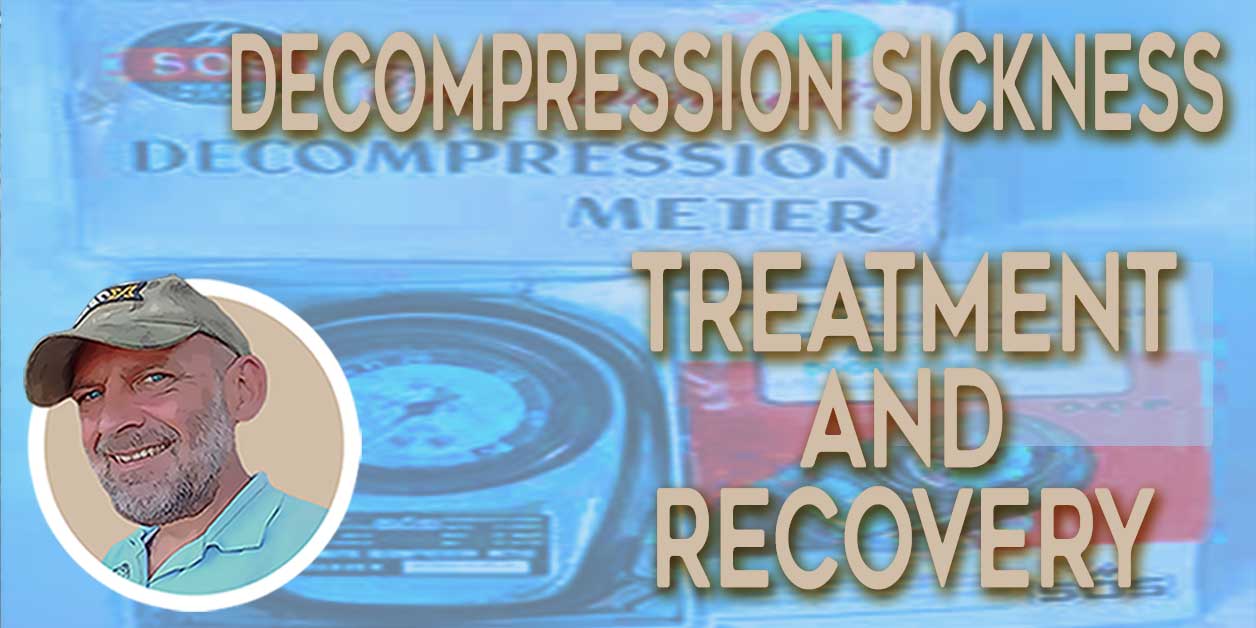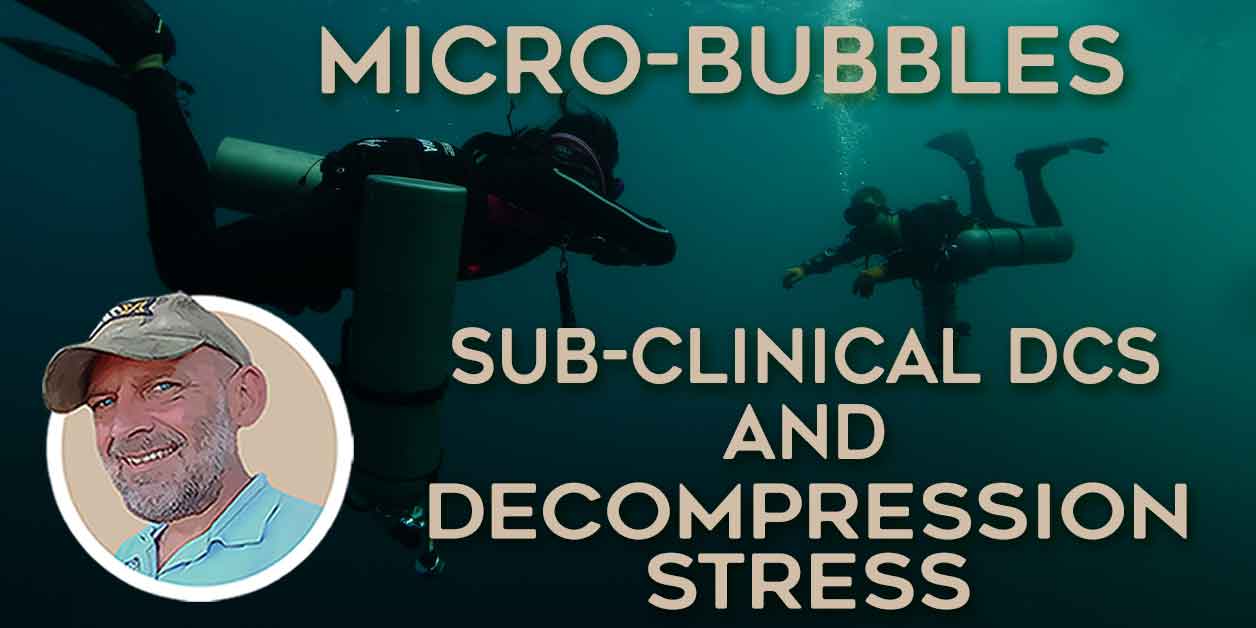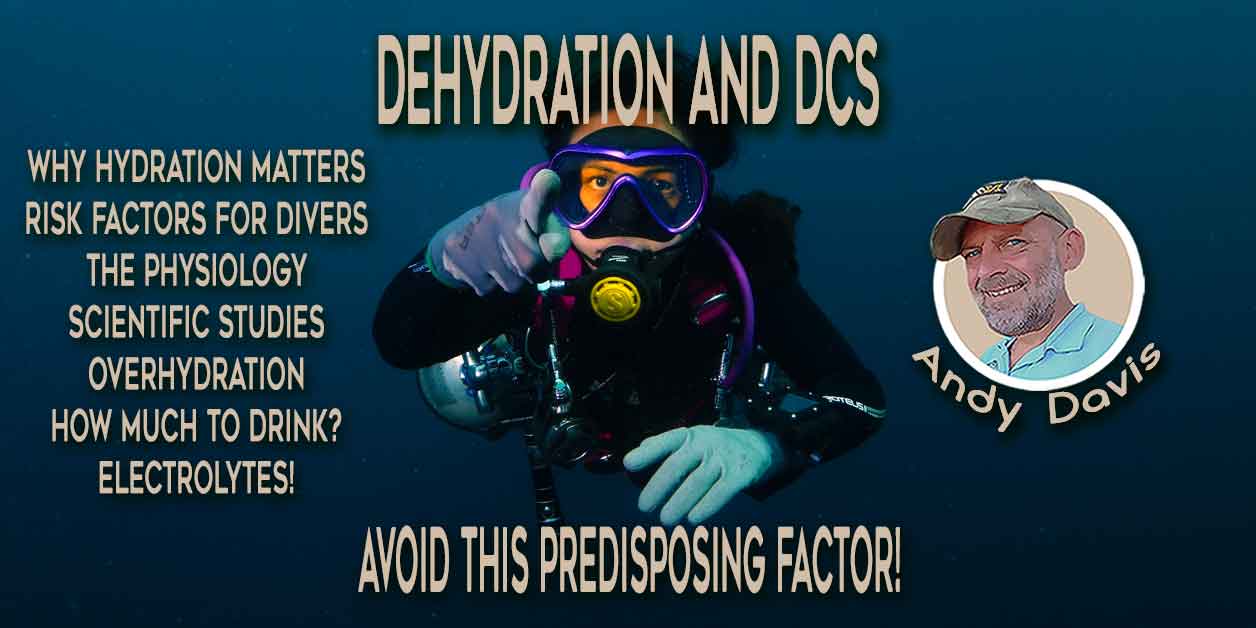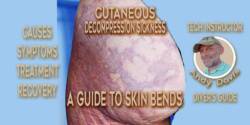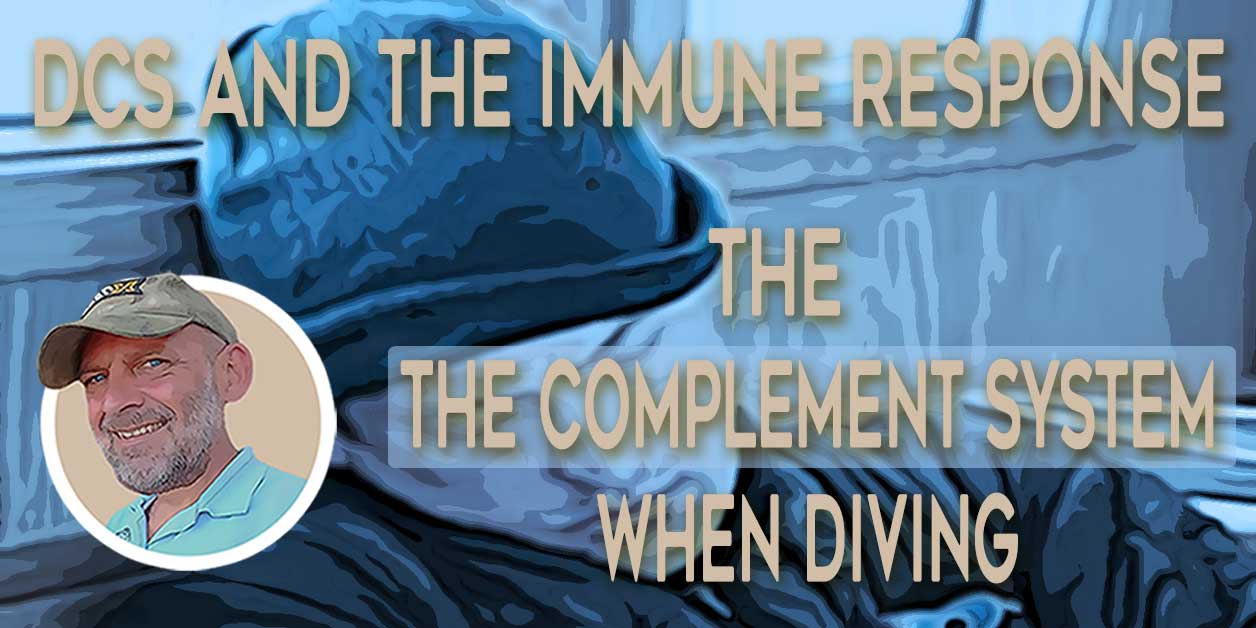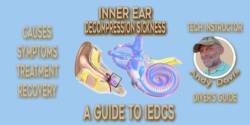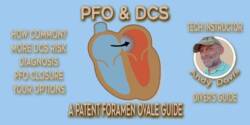DCS and the Immune System
The link between DCS and the immune system still isn’t well understood in diving medicine; although numerous scientific studies have shown that a link probably exists.
Bubbles during DCS and the immune system
Dive medicine research has shown that decompression-related bubbles formed within the body on ascent will trigger an immune system response. For this reason, immune-suppressant drugs are often administered during hyperbaric treatment for decompression sickness.
The immune response
The immune system reacts to bubbles as it would to any foreign body; such as a virus or bacteria. That reaction is as follows:
When bubbles occur in the body they will attract blood proteins, as those proteins make contact with bubbles they change in molecular shape and solubility (denaturation).
The immune system attacks DCS bubbles
The denatured protein is recognized by the body and the body diverts white blood cells to ‘attack’ the bubble, whilst also releasing histamines to dilate blood vessels in the area (local inflammation) that aids the travel of the white blood cells to where they are needed.
The release of histamine also causes the surrounding blood vessel lining to become sticky so that white blood cells surrounding the bubble will ‘stick’ in place and trap the bubble. This process is known as margination.
The process of margination also causes cells in the blood vessel wall (endothelium cells) to separate and allow fluids, white blood cells and the bubble/s to leave the bloodstream and enter the surrounding tissues. This not only thickens the blood, but a sufficient loss of fluid from the bloodstream into the tissues can cause shock.
The immune system clots around DCS bubbles
The separation of endothelium cells causes an additional reaction in the body; as it triggers a release of platelets into the area. These platelets combine with collagen to form a clot in the tissue around the bubble. Platelets also release serotonin which counters the effect of histamine and constricts blood flow to the area.
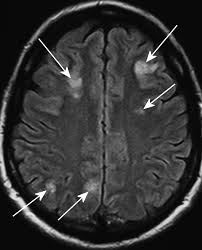
When the bubble is sufficiently large, this process is intense and noticeable in the body; where the swelling and inflammation cause pain or limit local body function; or changes in blood chemistry cause rash or illness. If significantly intense, they become symptoms of decompression sickness.
Micro-bubbles also cause an immune response
However, if the bubbles are small in size, this immune response may be sufficiently insignificant; so as to remain symptomatically unnoticeable to the victim. But if the occurrence of micro-bubbles is, nonetheless, high in frequency, then there may be widespread low-intensity immune reactions throughout the body. A sub-clinical reaction, but a reaction that does have an impact on the individual.
That impact may present general fatigue, weariness, sleepiness, reduced vitality, decreased energy or just a sense of being under par physically or mentally. Those symptoms are commonly known as decompression stress or sub-clinical DCS.
Further reading on DCS and the immune system
The Complement System and Diving‘ by Dr. Ernest Campbell
In vitro activation of human complement by nitrogen bubbles. Shastri KA, Logue GL, Lundgren CE. Undersea Biomed Res. 1991 May;18(3):157-65.
Variability over time of complement activation induced by air bubbles in human and rabbit sera. Bergh K, Hjelde A, Iversen OJ, Brubakk AO. J Appl Physiol. 1993 Apr;74(4):1811-5.
Relation between complement activation and susceptibility to decompression sickness. Ward CA, McCullough D, Fraser WD. J Appl Physiol. 1987 Mar;62(3):1160-6.
Diving decompression fails to activate complement. Shastri KA, Logue GL, Lundgren CE, Logue CJ, Suggs DF. Undersea Hyperb Med. 1997 Jun;24(2):51-7.
Complement activation involvement in decompression sickness of rabbits. Ward CA, McCullough D, Yee D, Stanga D, Fraser WD. Undersea Biomed Res. 1990 Jan;17(1):51-66.
Complement system response to decompression. Pekna M, Ersson A. Undersea Hyperb Med. 1996 Mar;23(1):31-4.
Complement levels and exposure in the hypobaric chamber. Brook WH, Secombe J, Seychell D. Aviat Space Environ Med. 1995 May;66(5):415-7.
Complement activation in divers after repeated air/heliox dives and its possible relevance to DCS. Hjelde A, Bergh K, Brubakk AO, Iversen OJ. J Appl Physiol. 1995 Mar;78(3):1140-4.
Effect of decompression on the complement system. Katuntsev VP, Kozlov LV, Shcherbakova MA, Ageev VP, Sizoi MN. Aviakosm Ekolog Med. 1993 May-Jun;27(3):22-8. Russian.
Complement activation during saturation diving. Stevens DM, Gartner SL, Pearson RR, Flynn ET, Mink RB, Robinson DH, Dutka AJ. Undersea Hyperb Med. 1993 Dec;20(4):279-88.
Venous gas emboli and complement activation after deep repetitive air diving. Zhang J, Fife CE, Currie MS, Moon RE, Piantadosi CA, Vann RD. Undersea Biomed Res. 1991 Jul;18(4):293-302.
Activation of complement and neutrophils increases vascular permeability during air embolism. Huang KL, Lin YC. Aviat Space Environ Med. 1997 Apr;68(4):300-5.
About The Author

Andy Davis is a RAID, PADI TecRec, ANDI, BSAC, and SSI-qualified independent technical diving instructor who specializes in teaching sidemount, trimix, and advanced wreck diving courses.
Currently residing in Subic Bay, Philippines; he has amassed more than 10,000 open-circuit and CCR dives over three decades of challenging diving across the globe.
Andy has published numerous diving magazine articles and designed advanced certification courses for several dive training agencies, He regularly tests and reviews new dive gear for scuba equipment manufacturers. Andy is currently writing a series of advanced diving books and creating a range of tech diving clothing and accessories.
Prior to becoming a professional technical diving educator in 2006, Andy was a commissioned officer in the Royal Air Force and has served in Iraq, Afghanistan, Belize, and Cyprus.
In 2023, Andy was named in the “Who’s Who of Sidemount” list by GUE InDepth Magazine.
Purchase my exclusive diving ebooks!
Originally posted 2018-03-07 23:56:22.








